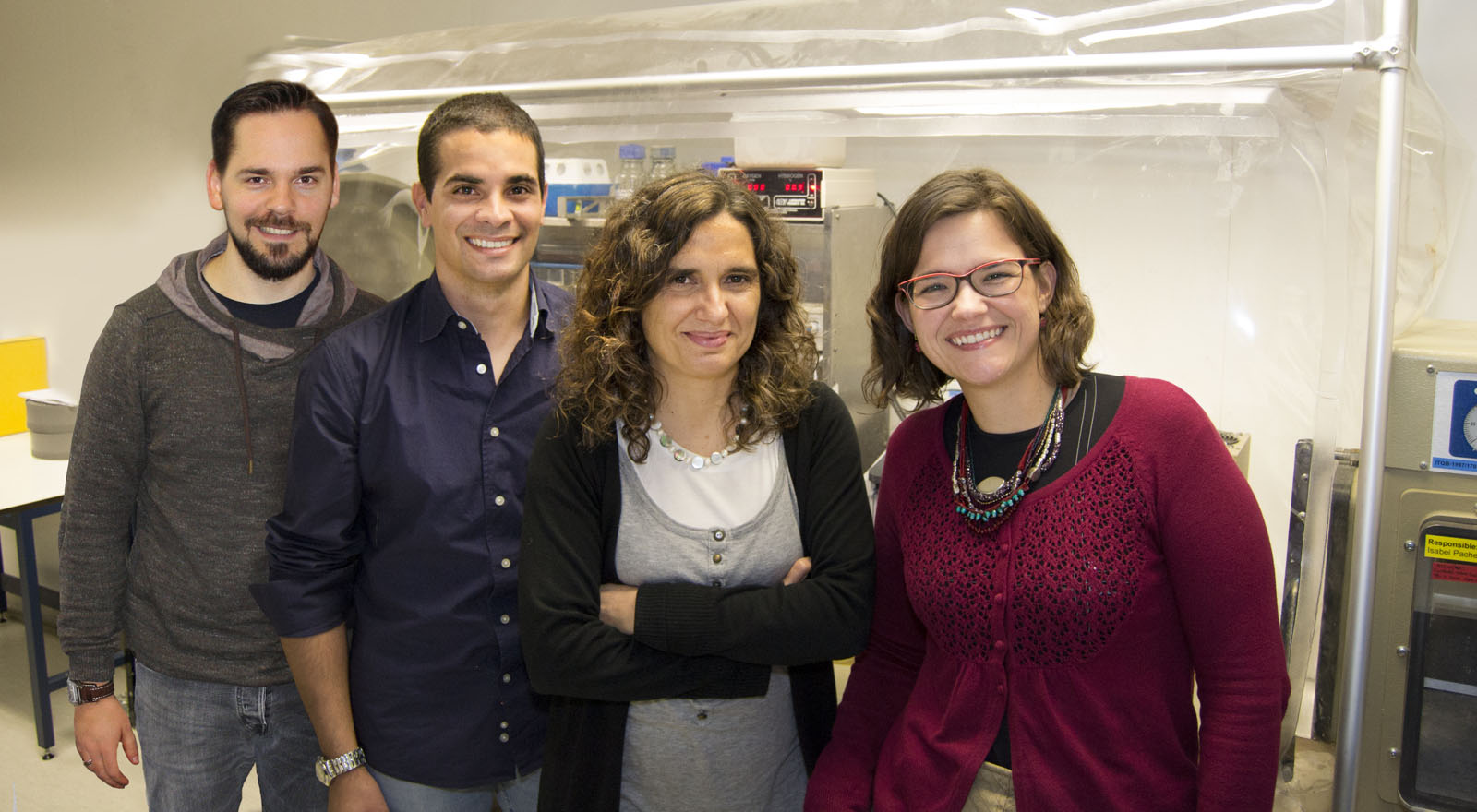How sulfate-breathing bacteria obtain energy from sulfur revealed

A team led by scientists from the Instituto de Tecnologia Química e Biológica da Universidade Nova de Lisboa (ITQB-NOVA) has discovered the existence of a new intermediate in the process by which certain bacteria obtain energy from sulfur. Their results, published in the latest issue of the prestigious journal Science, unravel a long-standing mystery about the metabolism of so-called sulphate-reducing bacteria, and challenge the description of the process given in microbiology textbooks.
This work describes how bacteria that use sulfur compounds in the process of respiration produce energy to live, a process that until now had been described in three steps and which, with this discovery, has now become four. The identification of this fourth intermediate, produced by the action of a protein located in the bacterial membrane, explains for the first time how an asymmetry of charges is created between the two sides of the membrane - an essential step for the production of energy in the respiration process, as Inês Cardoso Pereira, the research coordinator, recalls.
For Inês Cardoso Pereira, with these results, "The textbooks will be revised (...) and so will the models used by other scientists." Sulphate-reducing bacteria (a form of sulphur) are known to live scattered in environments where oxygen is scarce, such as marine sediments, and are therefore essential for the renewal of one of the most important biogeochemical cycles for life on Earth. Geochemists, who use the rate of sulphur processing as a marker to describe the Earth's atmosphere over geological time, will have to revise their mathematical models, as the existence of the new intermediate affects these calculations.

These bacteria are also present in our intestinal flora, which means that the new data presented by the Portuguese scientists also has an impact on health, as it gives researchers a new target to specifically inhibit the inflammatory action of bacteria in the intestine.

The project that led to these results received funding from FCT, the National Science Foundation (USA) and the Deutsche Forschungsgemeinschaft (Germany). Two of the authors received FCT Studentships , as a doctoral student and a post-doctoral researcher. Inês Cardoso Pereira's research group is part of ITQB-NOVA's GREEN-IT - Bioresources for Sustainability R&D unit, which obtained a Very Good rating in the last evaluation of R&D units carried out by FCT (in 2013/14).
Images from top to bottom:
- ITQB researchers involved in the work. From left to right: Fabian Grein, André Santos, Inês Cardoso Pereira and Sofia Venceslau.
- Detail of marine sediment (Ria Formosa, Algarve). In the area explored by the crab, the black color reveals the presence of sulfate-reducing bacteria.
- Colonies of sulfate-reducing bacteria in a Petri dish. As in their habitat, the bacteria grown in the laboratory have a characteristic black color, due to the presence of sulfide (the end product of their respiration).
(Credits: Inês Cardoso Pereira and ITQB-NOVA)